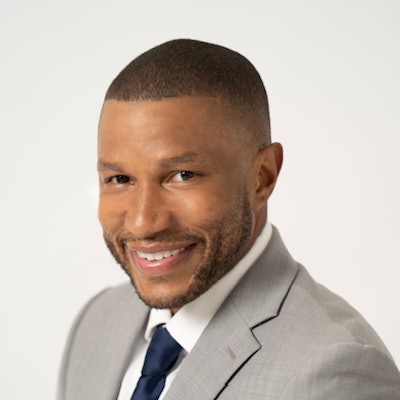I recently went to a car dealership because I could hear a roaring sound when I pressed on my brakes. I went to the same dealership where I had purchased my car some time back because when I bought the car, I also bought a warranty that I assumed would cover major repairs. When the representative from the service department came back after inspecting my car, she had a list of recommended repairs that included a major revamp of the car’s braking system. She also informed me that the warranty company was not going to be covering any of it because it was classified as “wear and tear.” I said "ok" and that I would have them do some of the repairs, but that I would likely wait or go somewhere else to get the brake repairs done. I typically can go to more of a "Mom and Pop" type of shop to get the more costly work done at a lower price. The representative from the dealership called me back in and said that I would have to sign a waiver saying the car was unsafe to drive because the brakes were "metal to metal." "Metal to metal" describes brake pads that have worn through all of their friction material. This means that the metal backing of the pad rubs on the rotor, which is also made of metal. Brakes that reach this extreme are not only dangerous but also require extensive repair. That statement was a game changer for me because there was no way that I was driving off that lot with my four-year-old son in a car that had been deemed as unsafe. The statement brought with it “a fierce urgency of now” as Dr. Martin Luther King Jr. famously said and getting the repairs done was no longer an option. I was going to make it happen no matter what.  Dr. Marcus A. Bright
Dr. Marcus A. Bright
There are certain conditions in our lives and in our communities that we can no longer wait to change. All of the “padding” or tolerance for this issue has worn out, and it is "metal to metal."
One “metal to metal” issue is the disproportionate arrests of Black youth in communities across the nation. The data is well documented and deeply alarming. According to a report from The Sentencing Project, “Black youth are more than four times as likely to be detained or committed in juvenile facilities as their white peers.” It is essential to recognize that these numbers are not isolated incidents but rather part of a systemic pattern that fuels the school-to-prison pipeline.
This phenomenon goes beyond simple individual acts of law enforcement. It operates within a multi-system and cross-system framework, involving factors such as education, social services, community dynamics, and institutionalized biases. To effectively address this issue, we must acknowledge the complex web of interconnected systems that perpetuate and exacerbate the disproportionate arrests of Black youth.
The consequences of this unjust system are far-reaching. When young individuals are caught in the grips of the criminal justice system at an early age, the trajectory of their lives becomes compromised. Instead of nurturing their potential and providing pathways for success, we are funneling them into a cycle of recidivism and limited opportunities. This not only robs these youth of their future, but it also perpetuates the larger patterns of inequality and mass incarceration.
By implementing comprehensive reforms across multiple systems, we can redefine the trajectory of our youth’s lives, pave the way for a more equitable society, and disrupt the school-to-prison pipeline.
The school-to-prison pipeline is a concerning trend that funnels students, particularly those in marginalized communities, from schools into the criminal justice system. I propose the following policies and strategies to disrupt this pipeline:





















